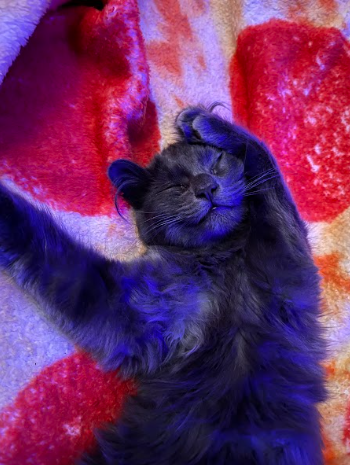
Why do cats purr?
Most people think cats purr because they are happy and feel safe. While that is true, it could also be wrong. According to Veterinarian Wailani Sung at the company Chewy, cats don’t only purr because they’re happy. They also purr to calm themselves when they are feeling anxious or nervous. Cats purr for many reasons.
To cats, purring or meowing is a coping mechanism to calm themselves. Your cat might purr when they are at the vet or coming back home from the vet. Your cat is trying to soothe themselves after experiencing a stressful situation.
Cats also purr to grab your attention. When they are content, or happy about something or someone, they start to purr. They feel happy to see their favorite person or object, like a toy. They would start to rub themselves against the object to try to get their attention.
People see a purring cat and think that they are happy. But most of the time they are wrong and not properly reading the cat’s body language. Few people see cats purring when they are sick or in pain. By purring, they are seeking help or care. Before dying, a cat might purr because they find the sound comforting for their final moments.
To understand why a cat is purring, pay attention to their body language. Body language is everything to understand what a cat is trying to say or do. Their body language determines the situation they are in and how they are dealing with it, whether it’s positive or negative.
How do they do it?
So, how do cats purr? Veterinary scientists at Texas A & M University recently discovered that domesticated cats have “pads” attached within their vocal cords. This adds an extra layer of fatty tissues that allows them to vibrate at low frequencies.
However, it leaves scientists puzzled how cats are able to produce low-frequency sounds when it is commonly found in larger animals, such as elephants and lions.
A signal from their brain causes the vocal cords to press together. The flow of air through the larynx (hollow tube in the middle of the neck) causes the cords to knock against each other, producing a vibrating sound. Scientists call this process a passive phenomenon.
The healing benefits of a cat’s purr
Veterinarians from Virginia beach veterinary hospital have recently demonstrated that a cat’s purring can help heal a wound and reduce inflammation. This could explain why a cat purrs more often when healing from an illness or injury.
Scientists also discovered that a cat’s purring can also help humans too. The vibrations from a cat’s purr can help lower blood pressure, lessen stress, and even encourage healing.
To be able to feel a cat’s purr, gently press a finger against their neck. You could feel vibrations coming from their neck! Or you could gently press your ear against their body and still be able to hear their purring. When cats make biscuits (or pan) they would start to purr immensely.

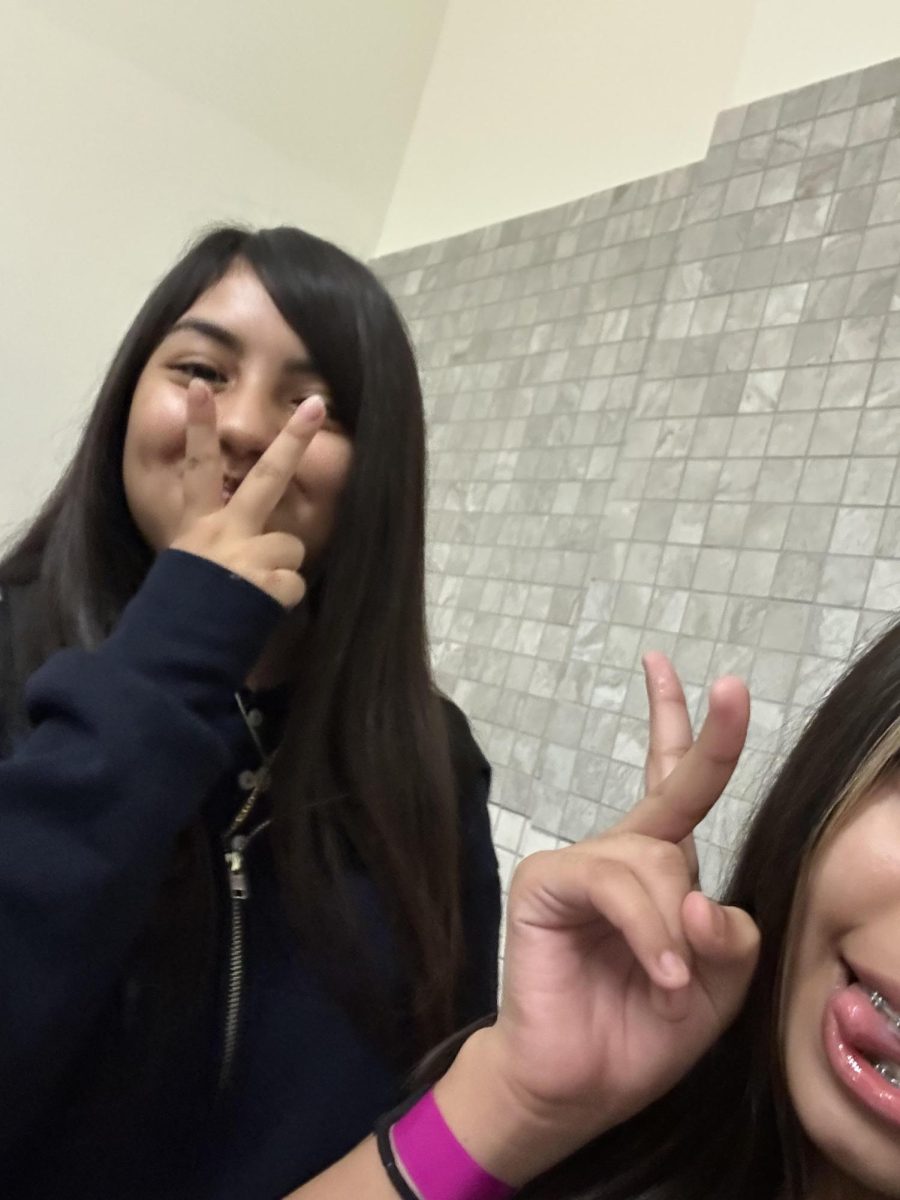





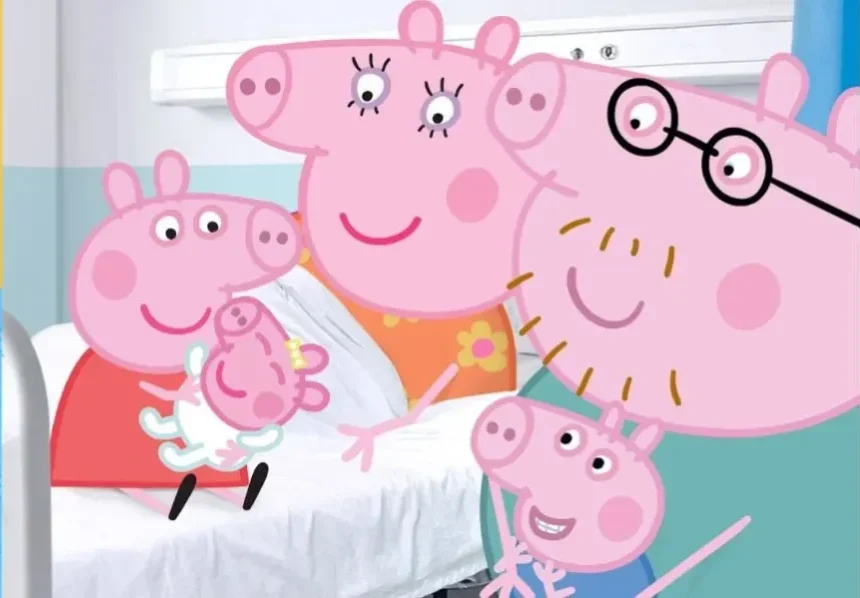

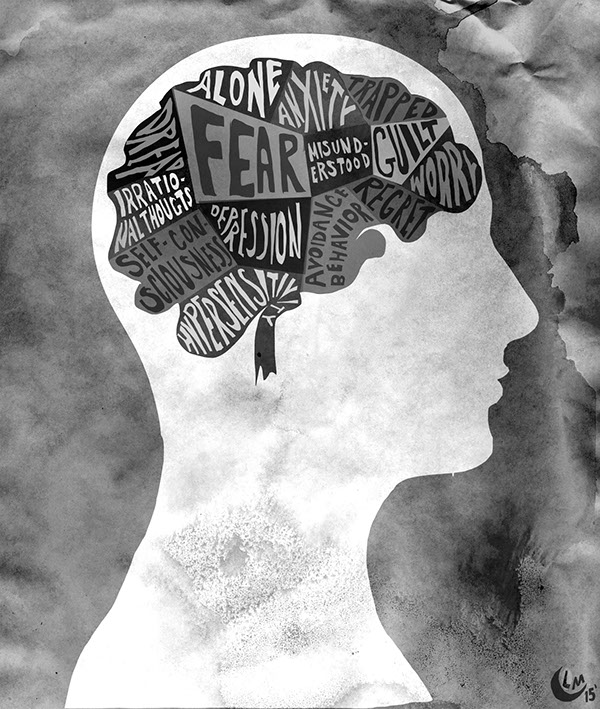






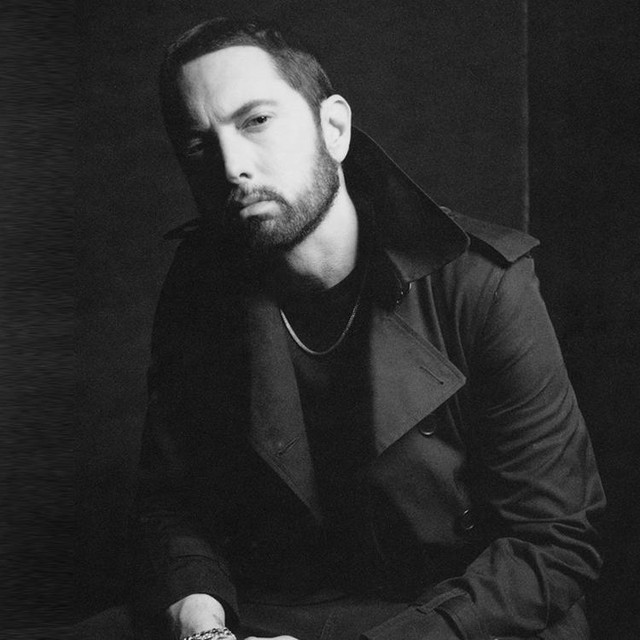
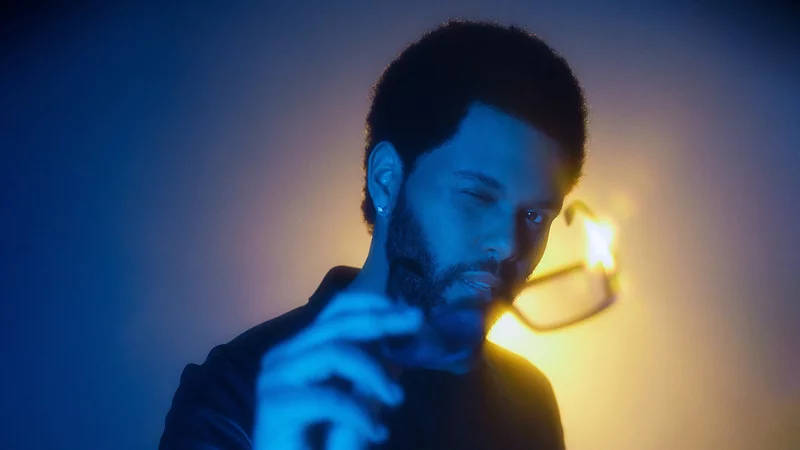
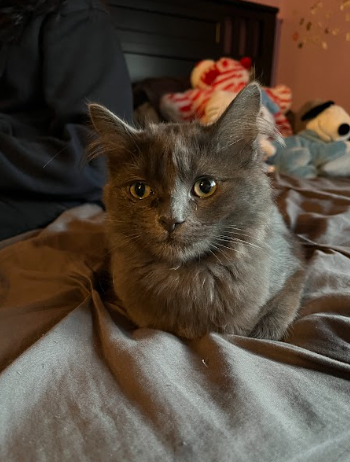
orlando • Apr 30, 2025 at 10:24 am
I learned there are many reasons cats purr like happy,stress,healing and how they are able to purr from their extra layer of skin that allow the sound the go as low Frequencies.
Joshua • Apr 30, 2025 at 10:11 am
Something i learned was that cats have many reasons why they purr one reason they purr is to release stress another reason Is to grab.
Sophia Saldana • Apr 30, 2025 at 10:10 am
I found interesting that cats can purr for sometimes to calm themselves down and its not only because they are happy.
xathzire Suarez leyva • Apr 30, 2025 at 10:08 am
As someone with many cats I am happy to learn many other reasons why cats purr.
Diana • Apr 30, 2025 at 10:07 am
I was surprised to know that cats purring help them heal a wound.
Joshua • Apr 30, 2025 at 10:06 am
Something I learned was that cats have many reasons to purr one of them is to calm them down when there stress or to grab your attention and more.
Guadalupe • Apr 30, 2025 at 10:05 am
I was surprised to learn that when cats purr it means more than just being happy such as it could help heal a wound, deal with trauma, or to grab your attention.
Jade • Apr 30, 2025 at 10:03 am
I didn’t know that purring could also help humans. I also thought they purred because they were happy or calm.
Gloria • Apr 30, 2025 at 10:02 am
Something I learned was that cats don’t just purr because they are happy but because of stress fully situations and I also learned how they are able to make that sound.
Katelyn Hernandez • Apr 30, 2025 at 10:01 am
Something I learned is that cats purr to feel safe or better in a way when they are stressed and scared.
Sherlyn M • Apr 30, 2025 at 10:01 am
something I learned is that dont just purr because they’re happy but also when they feel anxious, are sick, or to grab our attention. >:)
Leslie R • Apr 30, 2025 at 10:00 am
I learned that cats purr for multiple reasons, not only when they feel happy and safe
Jailey • Apr 30, 2025 at 10:00 am
Something I learned is that cats purr for different reasons.
Jay'Onna • Apr 30, 2025 at 9:59 am
That was really interesting.
deserie • Apr 30, 2025 at 9:58 am
I was surprised because I didn’t know that they meow as a method to calm themselves.
Allyson • Apr 29, 2025 at 12:38 pm
Something I learned was that cats purred as a way to cope with/after a stressful situation. I assumed they meows and purred just cuz
Abigail • Apr 29, 2025 at 12:34 pm
I was surprised that cats have a reason to purr because I thought they just purred for no reason
hadara xol • Apr 29, 2025 at 12:29 pm
I learned that cats purr because they feel anxious or nervous and can help them heal from their injury.
Allison • Apr 29, 2025 at 12:28 pm
I was very surprised to find out that cats have more reasons to purr.
Brianna • Apr 29, 2025 at 12:28 pm
This made me think about how something as simple as purring is important.
Dayana V. • Apr 29, 2025 at 12:27 pm
Now that I know my cat purrs for different reasons I can now attend to her specific needs.
Melanie Vargas • Apr 29, 2025 at 12:26 pm
I didn’t know that cats purr to calm themselves down
melisa • Apr 29, 2025 at 12:24 pm
i was surprised by the fun fact at the end ! i didn’t know that I could feel the purring.
Sofia • Apr 29, 2025 at 12:24 pm
Something I didn’t know was that cats purr because they could be stressed.
melanie f • Apr 29, 2025 at 12:24 pm
reading this article about how cats purr made me realize that you have to focus on body language on cats when they purr to understand how and why they are purring and not just to assume they are happy!🙀
Manuel Martinez • Apr 29, 2025 at 12:24 pm
Something I learned that was cats don’t only purr when they are happy, like they purr to grab your attention.
Kaleia • Apr 29, 2025 at 12:22 pm
It’s so interesting that cats might purr in their final moments.